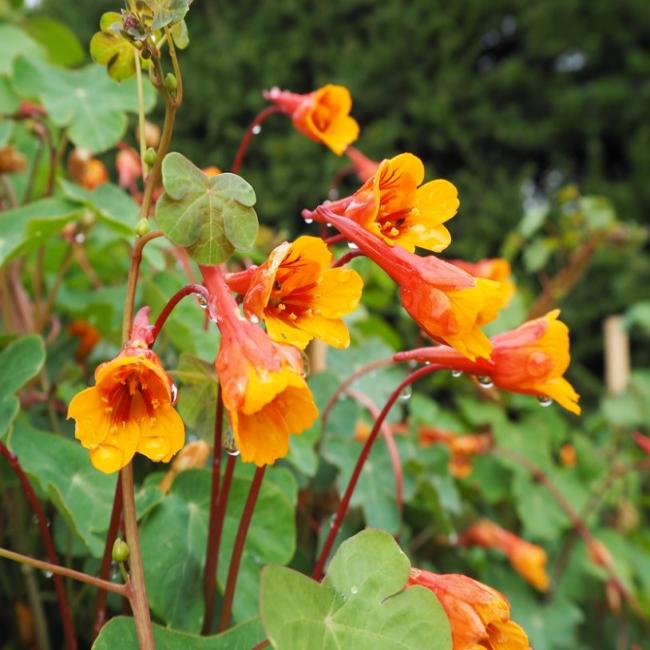
Mashua, also known as Tropaeolum tuberosum, is a tuberous root vegetable native to the Andean regions of South America. It is a member of the nasturtium family and is known for its distinctive flavor and nutritional benefits. Mashua plants grow well in cool, high-altitude environments and produce vibrant, colorful flowers that range from orange to red. The tubers themselves come in various colors, including yellow, orange, red, and purple.
Mashua tubers have a slightly peppery taste with a hint of sweetness, and they can be eaten raw or cooked. When cooked, they develop a softer texture and a milder flavor. This versatile root vegetable is often used in soups, stews, and salads, or roasted as a side dish. In addition to its culinary uses, mashua is valued for its health benefits, including its high levels of antioxidants, vitamins, and minerals.
Cultivating mashua is relatively straightforward. The plants prefer well-drained soil and can be propagated from tubers. They require consistent moisture but are relatively low-maintenance compared to other root vegetables. Harvesting typically occurs in late autumn, once the foliage has died back. Mashua is not only a nutritious addition to the diet but also an attractive plant that adds a splash of color to the garden.
